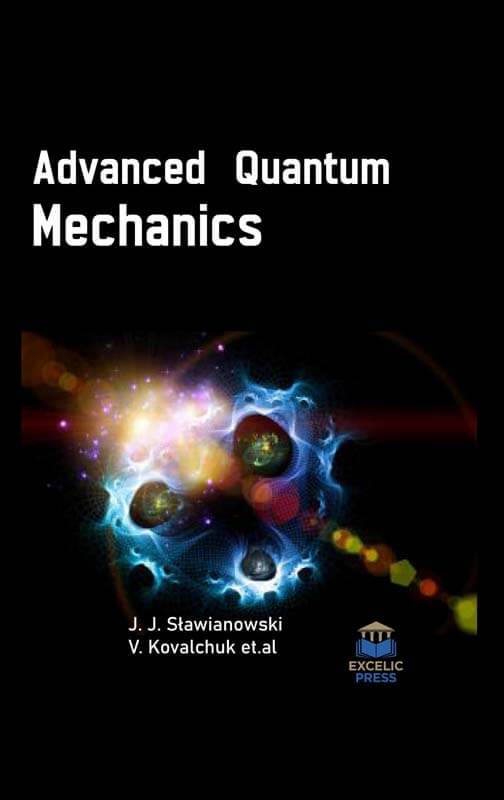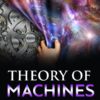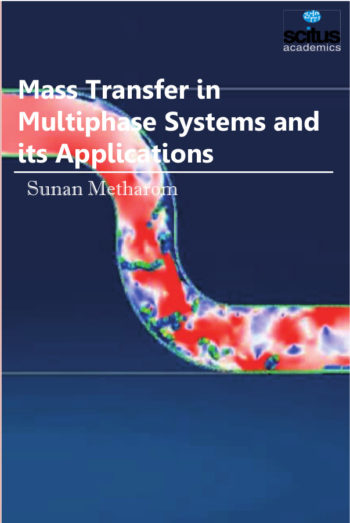Quantum mechanics (QM) stands out as the theory of the 20th century, shaping the most diverse phenomena, from subatomic physics to cosmology. All quantum predictions have been crowned with full success and utmost accuracy. Yet, the admiration we feel towards QM is mixed with surprise and uneasiness. Let us also remind you that there are nonlinear computational methods like the Fermi-Dirac procedure in the usual quantum mechanics. It is not excluded that some more fundamental nonlinearity may be formulated and efficiently used. We also discuss the question of whether the speed of light for free-falling observers in the universe can be reached or can be exceeded, respectively.
This book presents current approaches to advanced quantum mechanics. Viewing the quantum system as a system encoding information, we understand that the usual distinction between hardware and software is not relevant. Most importantly, if we consider the opposing terms being-becoming, we realize that the emphasis is shifted to the becoming, the movement, and the process. The underlying dynamics are governed by relational principles. It presents the structures of the relational logic and representation of relation which will lead us to the probability rule of QM. It also analyzes a discrete system and demonstrates the non-commutation of conjugate operators.
Next, this book also elaborates on Stark and Kerr’s effects on the dynamics of moving n-level atomic systems. Parameter estimation is a foundation of different branches of science and technology. The newly developed methods and techniques in measurement for parameter sensitivity have led to scientific revolutions and advancement in technology. A huge work and research have been done on phase estimation related to the practical problems of state generation, loss, and decoherence. One of the fundamental cornerstones of quantum mechanics is the Heisenberg uncertainty principle. This principle is so fundamental to quantum theory that it is believed that if a single phenomenon that could violate it is found then the whole building of quantum mechanics will fall apart. However, since the formulation of the uncertainty principle until today there is no clear and universal agreement in its formulation or interpretation. The next chapters shed light on the influence of gravitational waves on circular moving particles; the entanglement of moving and non-moving two-level atoms; evidence of pulsars metamorphism and their connection to stellar black holes; Fibonacci quantum cosmology; and infinite freedom of space-time for zero-energy-entity in quantum mechanics. In physics, it is generally of interest to understand the dynamics of a system. The way the dynamics are to be specified and studied invariably depends on the scale of the system, which is whether it is macroscopic or microscopic. In fact, classical mechanics can be formulated in terms of a principle of stationary action to obtain the Euler-Lagrange equations. Therefore, the Schwinger action principle and its applications to quantum mechanics are also elaborated in the last chapter of this book.














Reviews
There are no reviews yet.